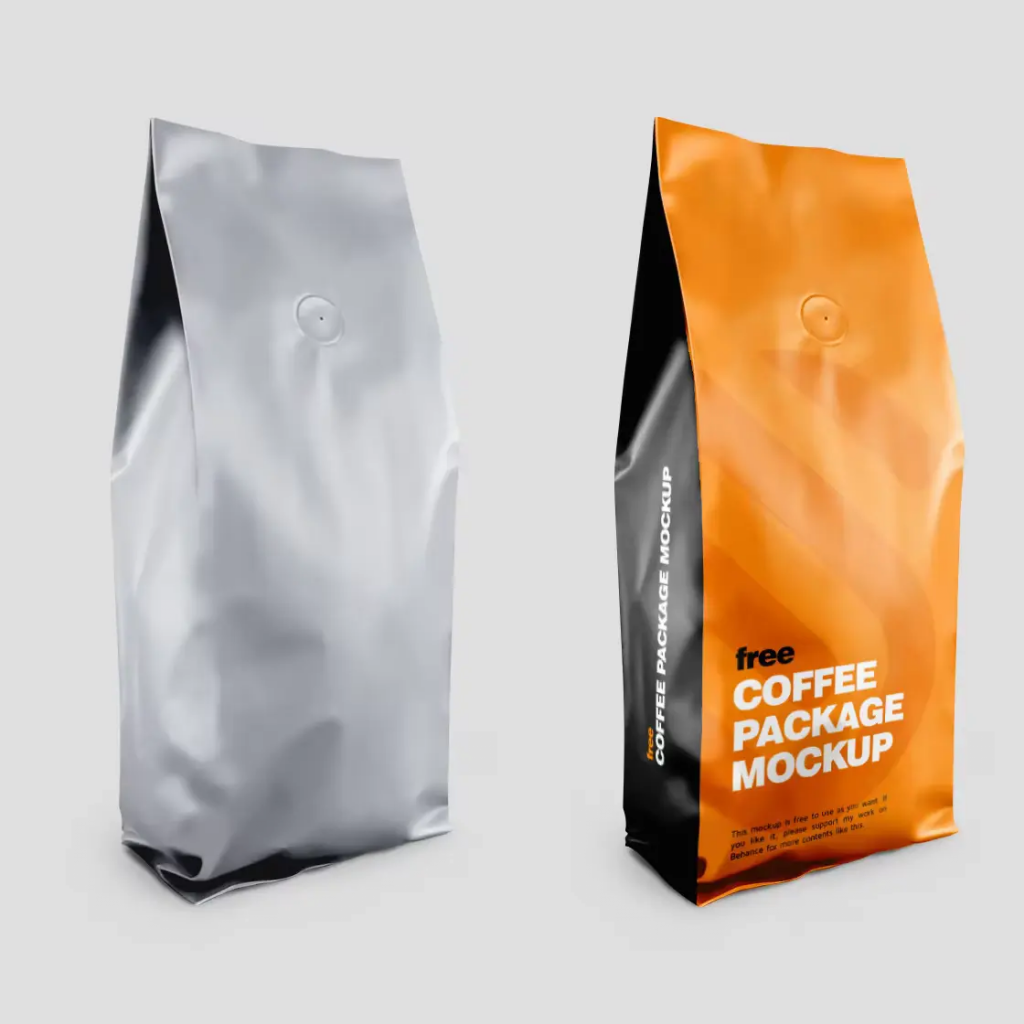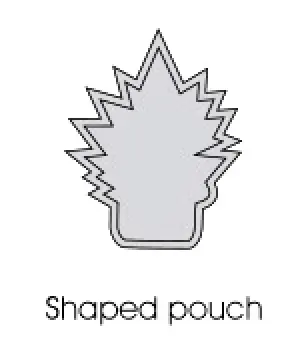WeChat:
+86-189 7322 3283
What’s app::
+86-13630093256
Content Menu
● Understanding Food Packaging Options
>> Types of Food Packaging Materials
● Sustainable Food Packaging Options
● Innovative Food Packaging Designs
● Current Market Trends in Food Packaging
>> Growth of Sustainable Packaging
>> Rise of E-commerce and Food Delivery
● Frequently Asked Questions (FAQs)
>> 1. What are the most sustainable food packaging options?
>> 2. How can I choose the right packaging for my food products?
>> 3. What innovations are shaping the future of food packaging?
>> 4. How does packaging affect food safety?
>> 5. What trends should I watch in the food packaging industry?
In today’s fast-paced world, the demand for effective and sustainable food packaging options is more critical than ever. As consumers become increasingly aware of environmental issues, businesses must adapt to meet these expectations. Xinshunheng Industrial Co., Ltd., a leading OEM factory in China, specializes in providing innovative food packaging solutions tailored to the needs of international brands, wholesalers, and manufacturers. This article explores various food packaging options, focusing on sustainability, innovative designs, and market trends.

Food packaging serves multiple purposes, including protecting food from contamination, extending shelf life, and enhancing product appeal. The choice of packaging material can significantly impact the product’s quality and the environment.
1. Plastic Packaging
– Polyethylene (PE): Widely used for its flexibility and durability, PE is suitable for various food items.
– Polypropylene (PP): Known for its high melting point, PP is ideal for hot food applications.
– Polyethylene Terephthalate (PET): Commonly used for beverages, PET is recyclable and lightweight.
2. Paper and Cardboard
– Kraft Paper: Eco-friendly and biodegradable, kraft paper is often used for bags and wraps.
– Cardboard Boxes: Ideal for shipping and storage, cardboard is recyclable and provides good protection.
3. Glass Packaging
– Glass is non-reactive and preserves food quality, making it a popular choice for sauces and beverages. However, it is heavier and more fragile than other materials.
4. Metal Packaging
– Aluminum and Tin: These materials are excellent for preserving food and are fully recyclable, making them a sustainable choice.
5. Biodegradable and Compostable Materials
– Innovations in packaging have led to the development of materials made from plant-based sources, such as cornstarch and sugarcane, which break down naturally.
Sustainability is a growing concern in the food packaging industry. Consumers are increasingly seeking products that minimize environmental impact. Here are some sustainable food packaging options:
Compostable packaging is made from organic materials that can decompose in a composting environment. This type of packaging reduces landfill waste and is often made from materials like cornstarch or sugarcane.
Recyclable packaging can be processed and reused to create new products. Materials such as glass, aluminum, and certain plastics are commonly recycled, contributing to a circular economy.
Innovative companies are developing edible packaging made from materials like seaweed and rice paper. This type of packaging eliminates waste and offers a unique consumer experience.
Innovation in food packaging design is essential for attracting consumers and enhancing user experience. Here are some notable trends:
Minimalist packaging focuses on simplicity and functionality, often using fewer materials while maintaining product protection. This approach appeals to eco-conscious consumers.
Interactive packaging engages consumers through unique unboxing experiences, such as tear-away sections or pull tabs. This design encourages customer interaction and enhances brand loyalty.
Smart packaging incorporates technology to monitor food freshness and safety. This innovation helps reduce food waste and ensures consumers receive high-quality products.
The food packaging market is evolving rapidly, driven by consumer preferences and regulatory changes. Here are some key trends:
The global sustainable packaging market is projected to grow significantly, with consumers increasingly favoring eco-friendly options. Companies are investing in biodegradable and recyclable materials to meet this demand.
The growth of e-commerce and food delivery services has led to increased demand for packaging that is both functional and visually appealing. Brands are focusing on packaging that protects products during transit while also enhancing shelf appeal.
Governments worldwide are implementing stricter regulations on single-use plastics, prompting companies to explore alternative packaging solutions. This shift is driving innovation in sustainable materials and designs.
The most sustainable options include compostable packaging, recyclable materials, and edible packaging made from natural ingredients.
Consider factors such as the type of food, shelf life, environmental impact, and consumer preferences when selecting packaging.
Innovations such as smart packaging, interactive designs, and the use of biodegradable materials are shaping the future of food packaging.
Proper packaging protects food from contamination, extends shelf life, and maintains quality, ensuring that products remain safe for consumption.
Key trends include the growth of sustainable packaging, the rise of e-commerce, and increasing regulatory pressures on single-use plastics.

As the food packaging landscape continues to evolve, companies like Xinshunheng Industrial Co., Ltd. are at the forefront of providing innovative and sustainable solutions. By understanding the various food packaging options available, businesses can make informed decisions that not only meet consumer demands but also contribute to a healthier planet.
Hot Tags:Sustainable Food Packaging Options for Eco Friendly Brands,Biodegradable Food Packaging Options for Restaurants,Plastic Free Food Packaging Options for Retail,Compostable Food Packaging Options for Takeout,Reusable Food Packaging Options for Meal Prep, manufacturers, Customized, custom, suppliers, buy, cheap, Quality, Advanced, Durable, in stock, free sample, made in China, price, quotation